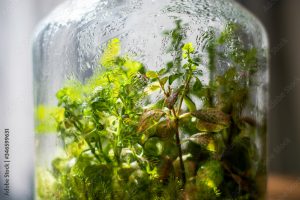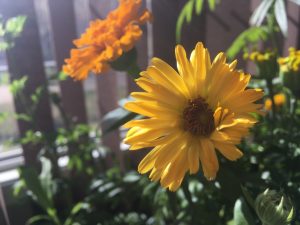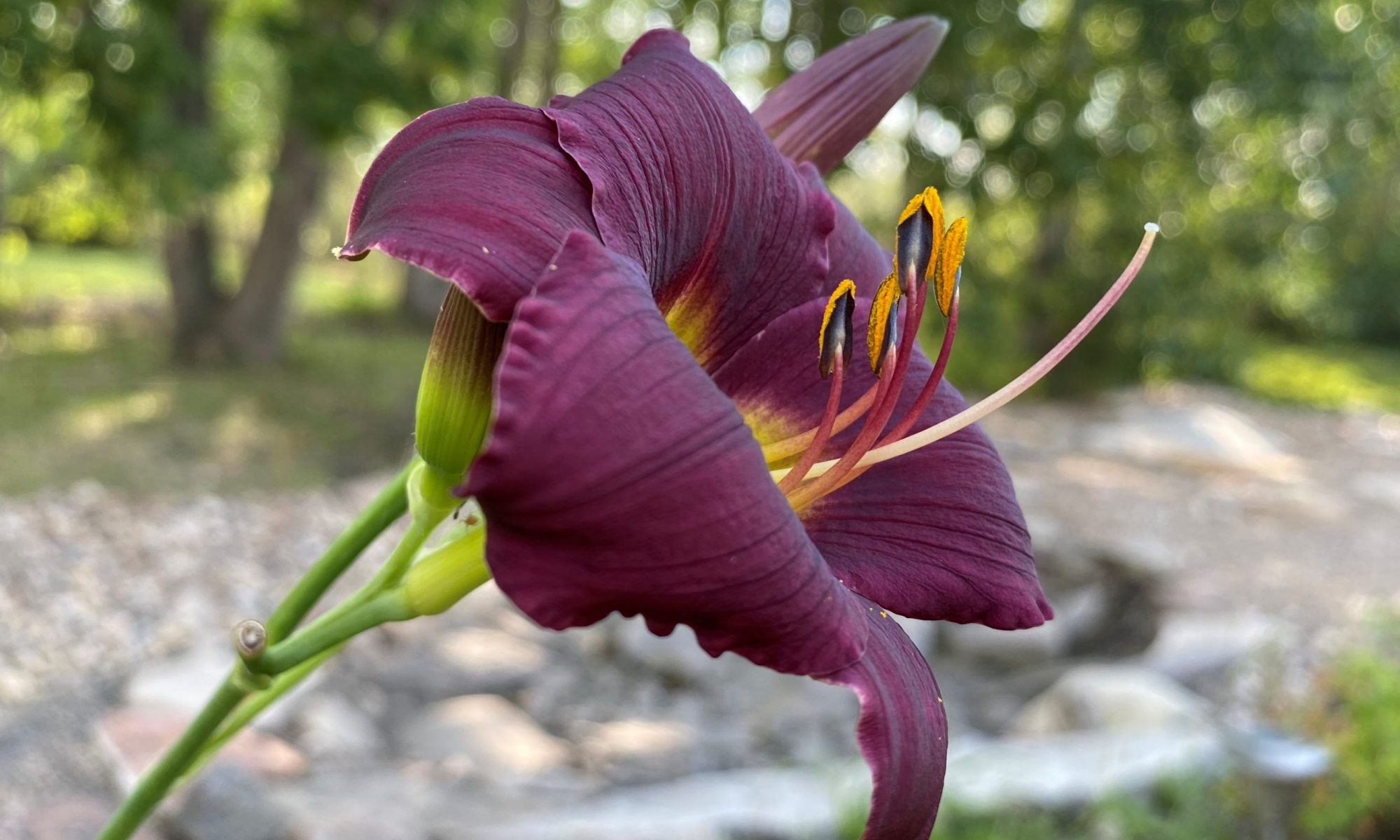Throughout ECS101 and my journey towards reconciliation, I focused on listening to the stories of residential school survivors. I spent countless evenings listening to survivors stories on the website, Shattering the Silence. This was the start of my true journey towards reconciliation. Although I had learned about residential schools as a student, it all went over my head – I needed to see, meet, and hear recounts of the experiences from survivors, not just from a written excerpt my white teacher read to me. One of the things that flew over my head in social studies class was the treaty land map. Throughout the fall semester, I took the time to learn the treaty map, specifically the treaties within Saskatchewan. I showed my learning of the treaty lands within my aesthetic response in stanza six, line eight.
My journey towards reconciliation had to begin within myself. Through this class, I came to accept my heritage. Before, I did not feel worthy of saying I have Metis ancestry, but now I am proud of who I am and this aspect of my being. I dug deeper into the history of St. Michaels Indian School in Duck Lake, Saskatchewan, as it is where my family is from. I listened to the stories of students who possibly walked alongside my own grandparents or other family members – and that’s where this journey truly hit home for me. I was able to connect not only on a deeper historical and academical level, but a deeper spiritual level as well. Another course that has played a key role in my journey this semester is INDG100, Introduction to Indigenous Studies. Throughout the course, I examined documents like the Indian Act and the White Paper; I learned how residential schools were not implemented by law and had no policy backing them. The system was created for the Indigenious peoples of Canada to fail, and it now falls on the future generations, myself included, to undo the past beliefs and prejudices that have run deep through Canada’s soil for over a century. It will be a slow, long process, but it is worth every second dedicated to ensuring all individuals are included and treated ethically.
Throughout my journey thus far, I have learned what a school should and should not be. A school is a safe space, where students form supportive relationships not only with their peers, but with their teachers as well. A school should never consist of rigid structuring and harsh punishments, with strict uneducated adults administering cruel and unethical teaching practises. A classroom should be warm and inviting to all students, allowing for students to engage in different forms of learning rather than be stuck in a disciplined, straight-desk format. All students should feel proud of who they are as individuals as well as their cultures and heritages. Classmates need to be taught the importance of accepting of these differences. As an educator, it is my goal to help students embark on their journey towards reconciliation at a young age, adding to their knowledge and understanding as they grow and learn. I will teach about the history of Indigenous peoples in an engaging format, where students take what is being taught in class and carry it within them as they age. As a teacher, I will approach individuals in a trauma-informed manner. One never knows what another is going through, and it is always better to approach an individual gently rather than aggressively, which could result in a barrier interfering with the student-teacher relationship. Intergenerational trauma is a hidden aspect of a child’s life, not only within indiginous families, but in families of all ethnicities. Teaching in a trauma-informed manner will help me better navigate the classroom setting and equip me with the tools I need to support others.
My aesthetic response is a representation of the pain and horrors the students endured. I decided to speak the horrors without naming what truly happened as that story is not mine to tell; those stories belong to the survivors solely, and I can invite the individuals into a safe space to share their stories with the future generations. Children understand, and as an educator, I cannot not deny them of learning experiences which lead to a deeper understanding. Learning at a young age is better than to never learn at all. Learning happens best when an individual is able to meet and learn from others who have survived the experience. To clarify, in stanza four, line one of my aesthetic response, what happened is critically important; however, it is also part of the reconciliation process to take what one has learned from the material and begin to apply it in a useful manner. I paused after posing the questions in my poem because I wanted listeners to take a second to think about what I was asking. What can each person do individually? By asking questions, I hope to invite and inspire someone else to begin on their own journey towards reconciliation. In the instrumental, I tried to choose chords and a strumming pattern that provoked the same emotion I was feeling: the pain and sadness for what Indigenous people have been through, but also hope for the future that as an educator, I can do my best teach students to embrace difference with warm arms, rather than try to silence it. Part of embracing difference is by allowing individuals to express themselves in their own creative ways which is one thing I truly admire about this project. I was able to be myself, and express myself in ways I love to be graded for an assignment.
Going forward, my intention is to continue accessing and reading through resources regarding what happened to the First Nations, the philosophies and documents that established systems of discrimination, and what has been done as well as what society is doing to ensure the successful process of decolonization. As part of my journey towards reconciliation, I am pursuing Cree as my second language. I feel it is necessary to keep Indigenous languages alive, and I plan to introduce Cree in my classroom as one would with French. Language is an incredibly powerful tool and is vital to a culture. Some languages have words whose beautiful meanings simply cannot be replicated in the English language. Furthermore, I want to hear elders’ stories spoken in their own language, and that is part of why I decided to pursue an Indigenous language. This assignment has opened my eyes to the fact I am only at the beginning of this journey. Daquiri made a beautiful diagram that she presented to the class, and the visual really stuck with me. Through the ups and downs of the guitar notes, I tried to symbolize the hills of the past that we have overcome, the hills of the present, and the hills of the future where, as a nation, we reach a point of true reconciliation. I am only at the beginning of my hill towards reconciliation as there is still so much to do, so many resources to access, and so many stories to hear.
ECS101 Aesthetic Response Video – Fall 2022


